The most common problems in customizing tea tins
A custom tea tin may seem simple: a metal box, a lid, and some printing. However, clients in Canada, the US, and the UK often encounter recurring issues when ordering custom tea tins. These include food safety uncertainties, inconsistent coatings leading to flavor degradation, mismatched printing and colors, poorly fitting lids leading to aroma loss, high mold costs and difficulty meeting minimum order requirements, fragile packaging prone to denting during shipping, and unclear sustainability claims that confuse buyers. As an experienced tea tin manufacturer, Tsing identifies these issues and offers practical solutions.
Material Selection and Food Safety Concerns for Tea Tins
One of the first decisions when designing a custom tea tin is the material. Most high-end tea tins are made of tinplate or aluminum in some lightweight designs. The choice of material affects the tin’s hardness, printability, weight, and recyclability. Two common issues clients face are selecting an inappropriate substrate shape/surface treatment and failing to verify the interior coating’s compliance with food contact requirements.
Tsing’s approach begins with material selection and sample verification. Most of our tea tins are made of tinplate due to its structural strength and attractive printed surface. Even for coastal delivery or transportation-sensitive SKUs, we evaluate anodized aluminum as a corrosion-resistant and lightweight option; we don’t default to a single material.
Food safety is a secondary concern. Many customers assume “metal = safety,” but without the proper lining, tea oils and metal surfaces can interact. During production, we use food-grade paints and inks for lining contact surfaces and provide compliance documentation. Declarations of conformity, migration test reports, and batch traceability are also offered. If you plan to store flavored tea blends or canned tea with added ingredients (spices, citrus), please let us know during the quote so we can conduct more rigorous compatibility testing.
Interior Coatings and Aroma Preservation in Tea Tins
Interior coatings are a common area of concern for many custom projects. The wrong coating can react with tea volatiles, especially oily or citrus-flavored blends, leading to subtle off-flavors, consumer complaints, and product returns. Another common mistake is misunderstanding insulation and shelf life requirements.
First, we recommend coatings based on your tea type. For example, epoxy phenolic resin coatings offer durability and thermal stability; polyester-based varnishes offer improved sensory neutrality; and specialized multi-layer barrier systems preserve aroma over time. Second, we combine coating selection with operational measures: using induction liners and heat seals under the lid to prolong aroma retention; optional nitrogen flushing during filling to reduce initial oxygen; and desiccants or oxygen scavengers for high-humidity markets. For tea bags that aren’t individually sealed, we recommend using polypropylene liners. For loose-leaf premium canned teas, we typically recommend individual food-grade inner bags to protect aroma and simplify resealing.
Concerns about lid fit, seal, and functional design
A beautiful tea tin is worthless if it loses its aroma on the shelf or if a poor-quality lid disappoints consumers. Common product defects include lids that don’t seal properly, become difficult to open over time, and designs that appear impressive but don’t stack or package effectively. These issues will become apparent later in production if functional prototyping is neglected.
Tsing addressed these issues through targeted engineering and user testing. We evaluated three types of tea tin lids: friction-fit slide lids (commonly used on round tins), hinged lids (used for gift tins and reusable tins), and twist-off or clip-on designs for highly protective closures. For each design, we created functional prototypes and conducted three tests: aroma retention, opening torque and wear, and stacking/dent stress.
For retail distribution in North America and the UK, which face stringent shipping requirements, we recommend adding a PE liner or induction seal to provide additional protection during shipping, which also boosts consumer confidence upon first opening. Furthermore, for gift tins with hinged lids, we design hinges and latches to maintain a consistent seal while minimizing metal thinning at the embossing locations. For larger tea tins, we incorporate inner liners or linings to stabilize the contents, reduce movement, and enhance the visual experience upon unpacking.
Issues of inconsistent decoration, printing, and color control
Tsing’s production process prioritizes color fidelity and repeatability. We begin with a formal artwork approval process, including metal print proofs, signature color approval, and signature approval for embossing depth and varnish. For multi-site production, we store masters and color recipes in a centralized color management system, ensuring that approved results are reproducible in subsequent production runs. For short-run production using digital printing, we provide color-managed digital proofs and final calibration printing on the selected substrate.
We also manage technical risks associated with embellishment. Foil stamping and embossing can thin the metal if the thickness isn’t considered during design. Windows with polymer film can complicate recycling and create adhesion issues. Heavy metallic inks can affect coating cure. To address these issues, Tsing provides early design-for-manufacturing (DFM) feedback and a checklist to flag risky combinations. We also offer mold models and press sheets to help you understand the necessary restrictions on printed artwork.
Avoiding Common Customization Issues
The most common issues with custom tea tins include incorrect material selection, inner coating migration, poor lid design, and inconsistent printing. Tsing’s approach combines engineering validation, rigorous color management, and proofing, supported by documentation including declarations of conformity, test reports, color proofs, and an explicit warranty and RMA policy. This helps you avoid common pitfalls and deliver tea caddies that preserve flavor and maintain a premium appearance.
Five Common Questions During the Sourcing Process
Q1. Which inner coating is best for preserving delicate loose-leaf tea?
A1: For delicate loose-leaf tea, we typically recommend high-barrier polyester lacquers or tested epoxy phenolic formulations, which exhibit low specific migration and neutral sensory effects after accelerated aging.
Q2. How do you ensure color consistency across multiple production batches?
A2: We manage color through a rigorous approval workflow: Pantone references, press proofs of actual substrates, and centralized color management files that store ink formulas and press parameters. For large or recurring projects, we maintain masters and press settings to reproduce consistent color in subsequent batches.
Q3. What information do you require to provide an accurate lead time estimate? A3: To provide a reliable delivery time, we require the final artwork, selected materials and coatings, selected printing and finishing methods, your target order quantity, and your delivery destination. Seasonal demand and customization complexity will also affect delivery time. Based on this data, we can provide a firm production schedule and shipping time.

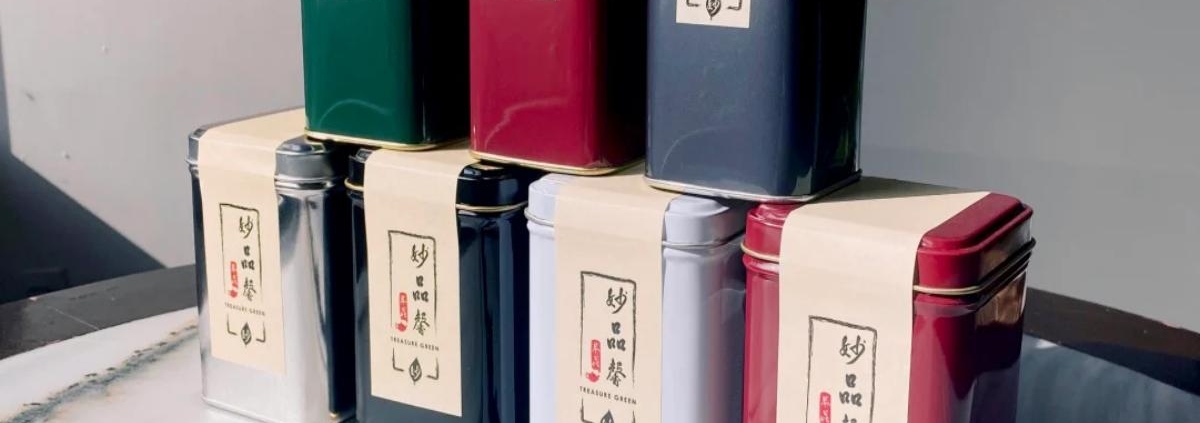
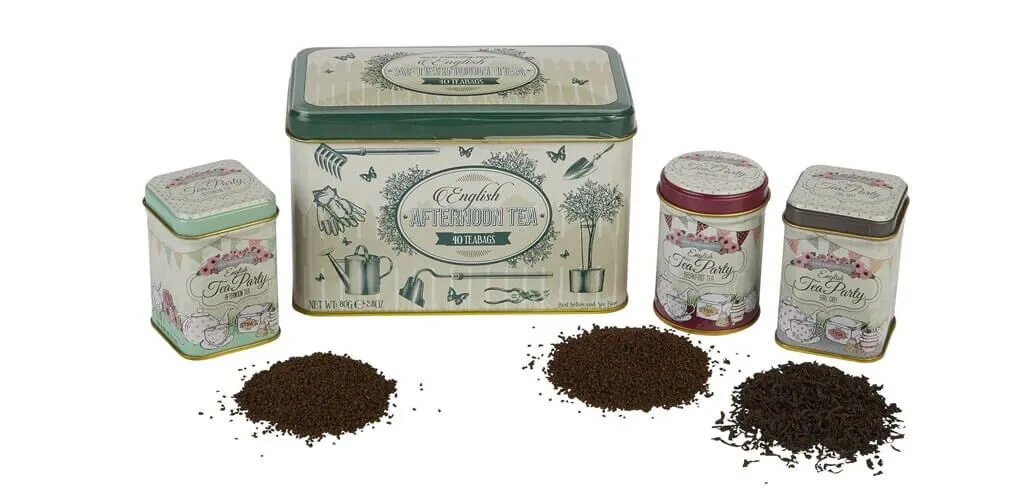

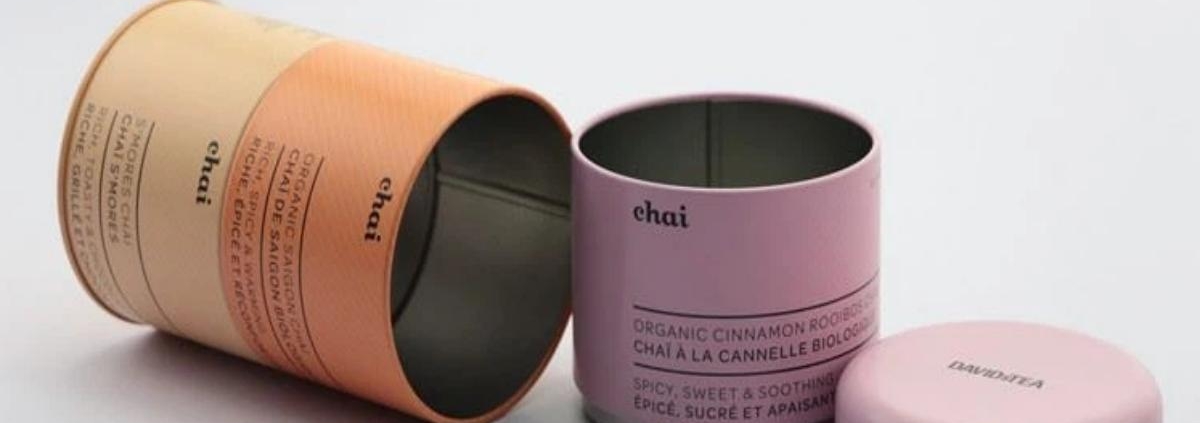
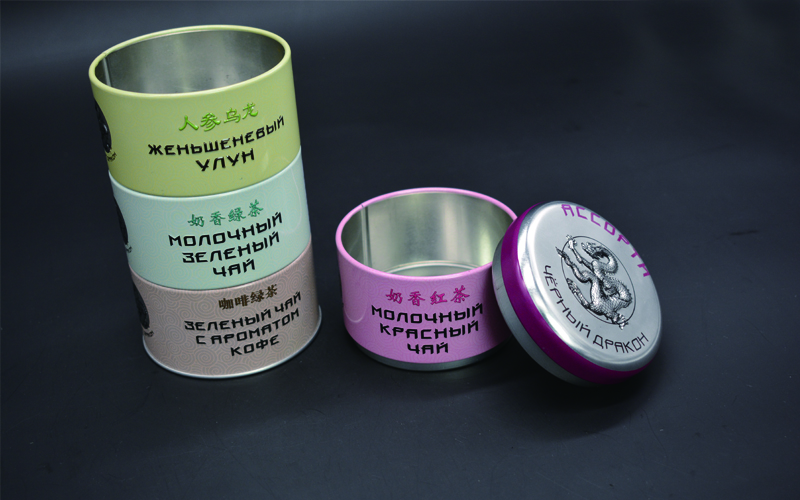
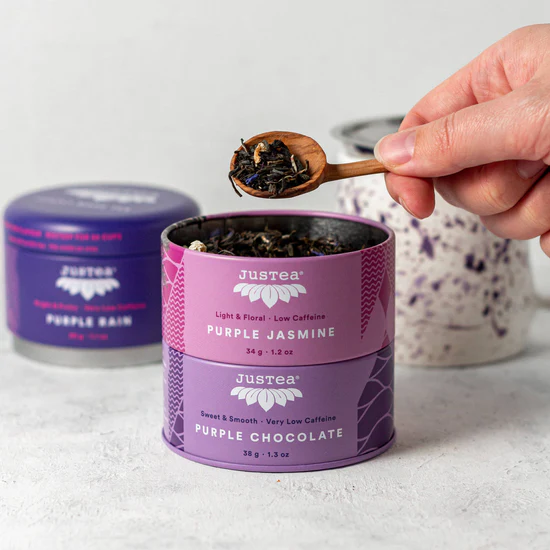
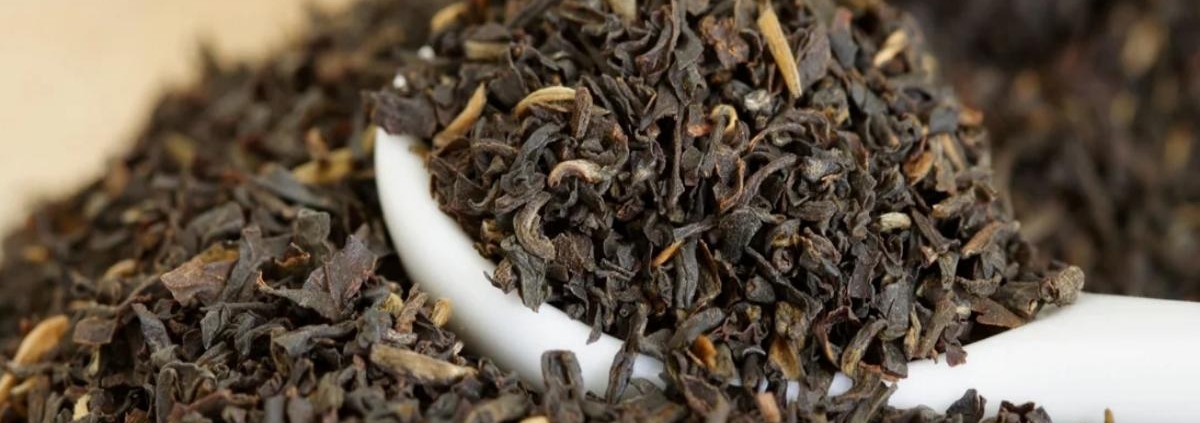
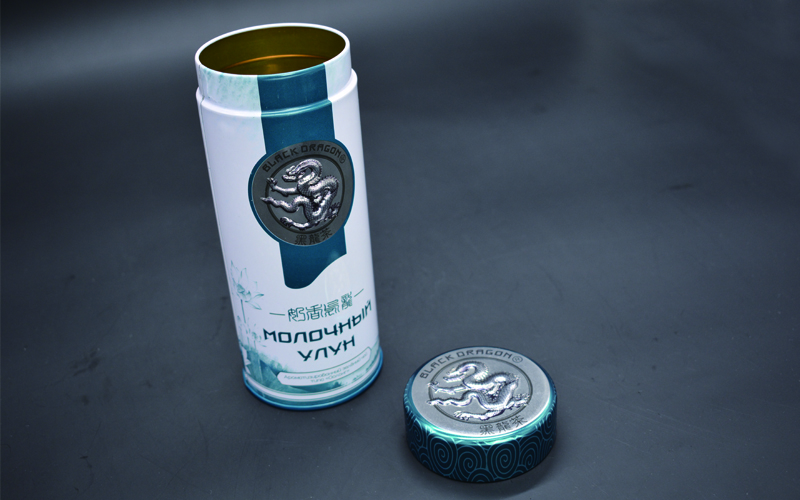

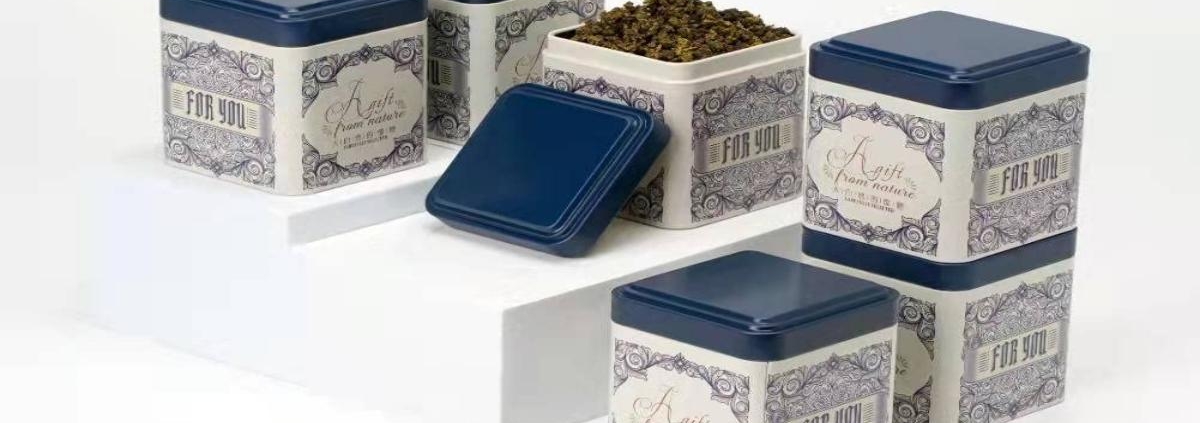
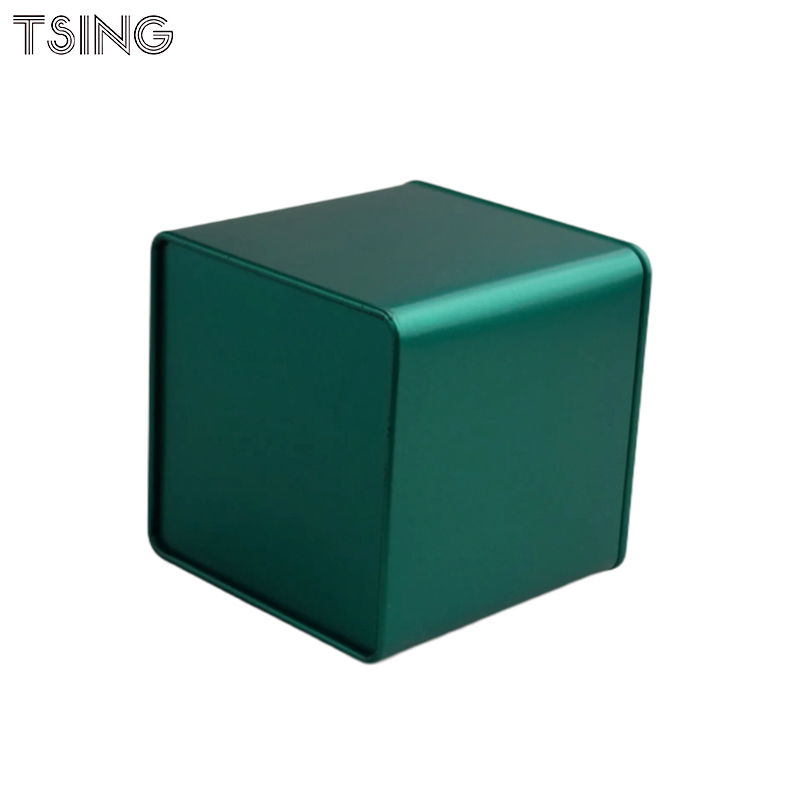
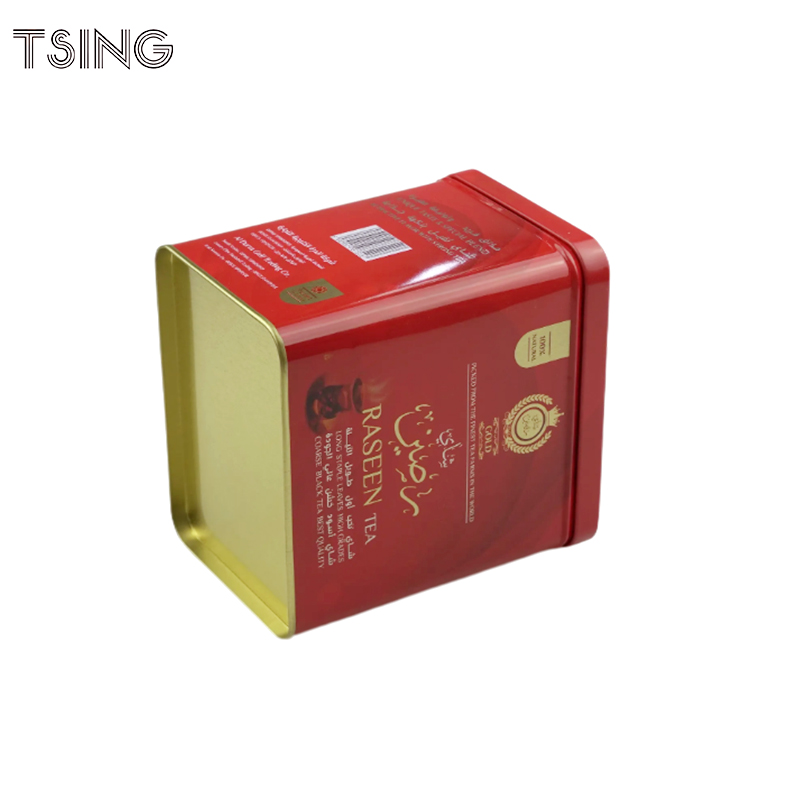
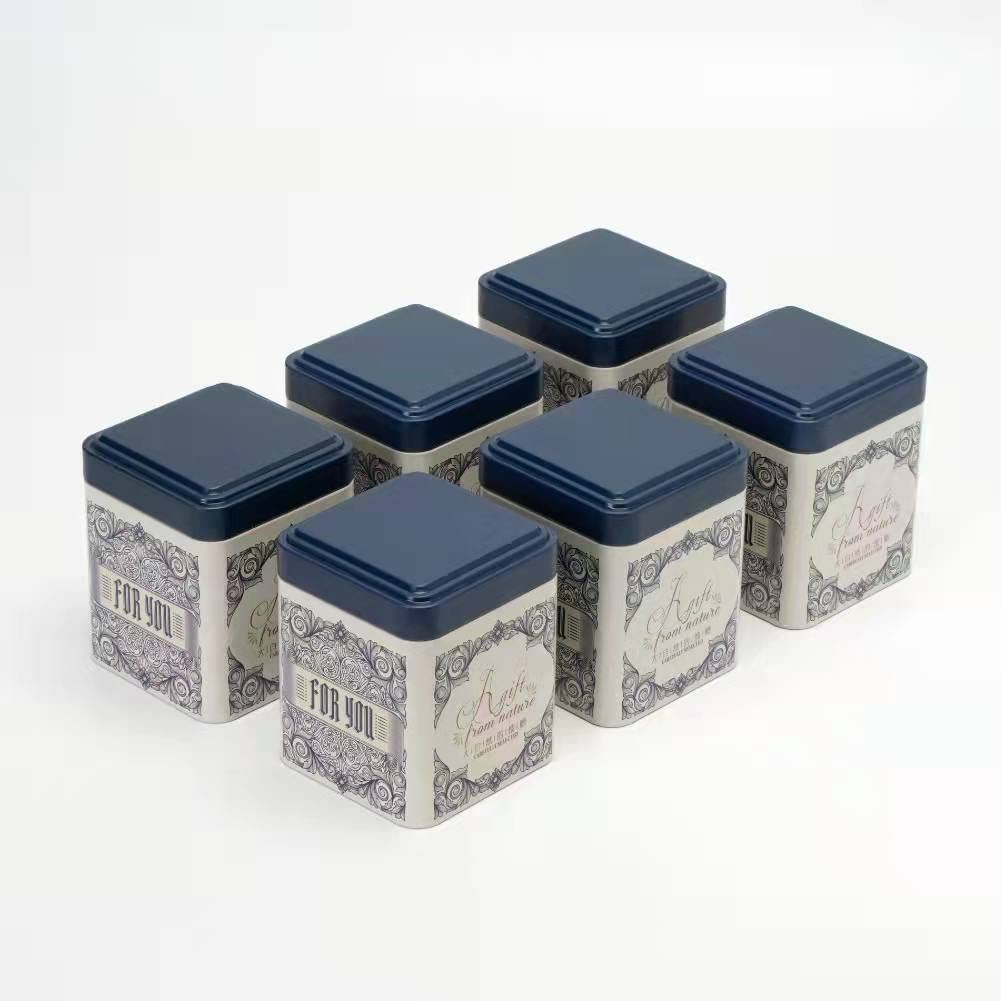























 Facebook
Facebook Twitter
Twitter Linkedin
Linkedin